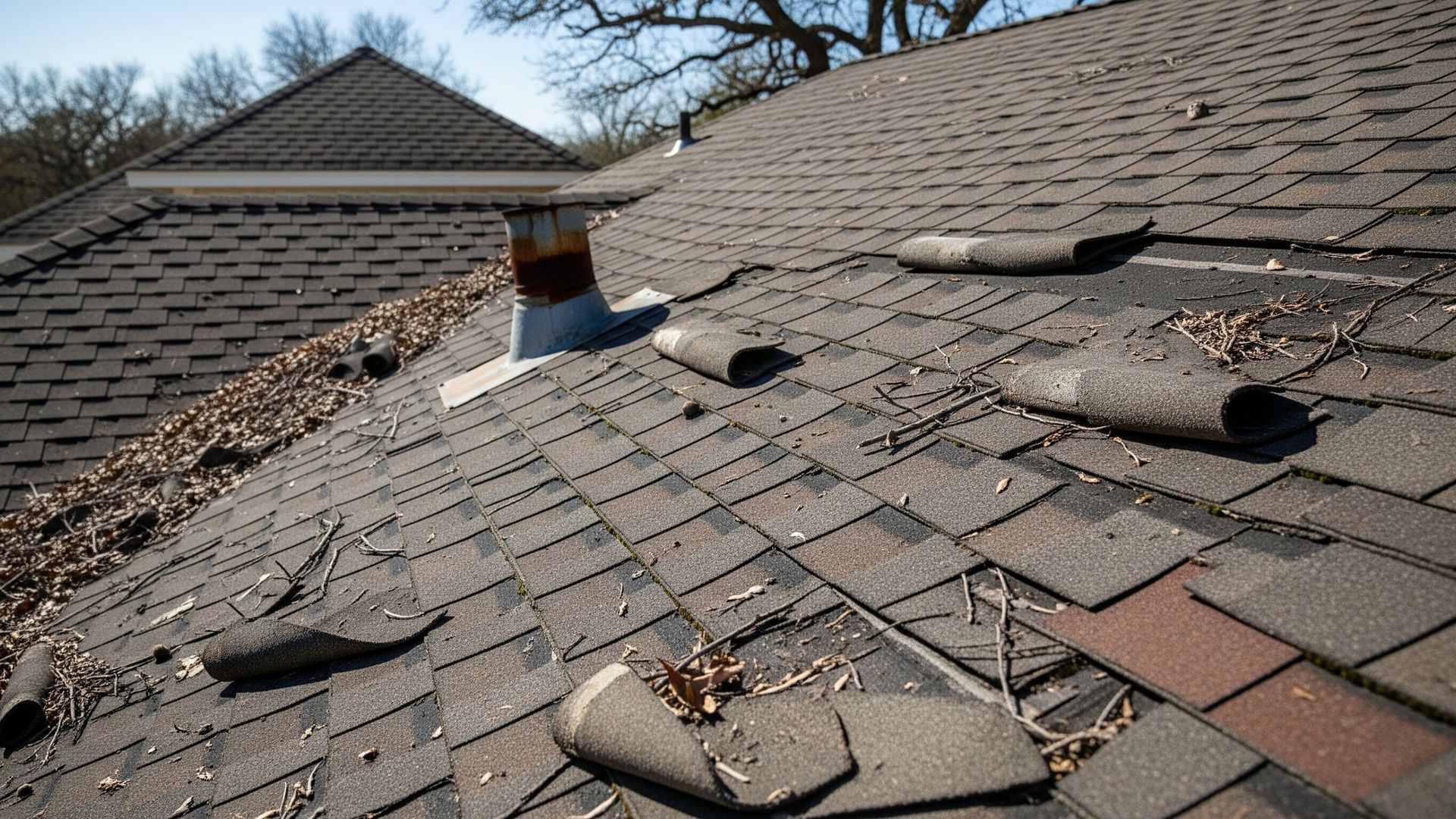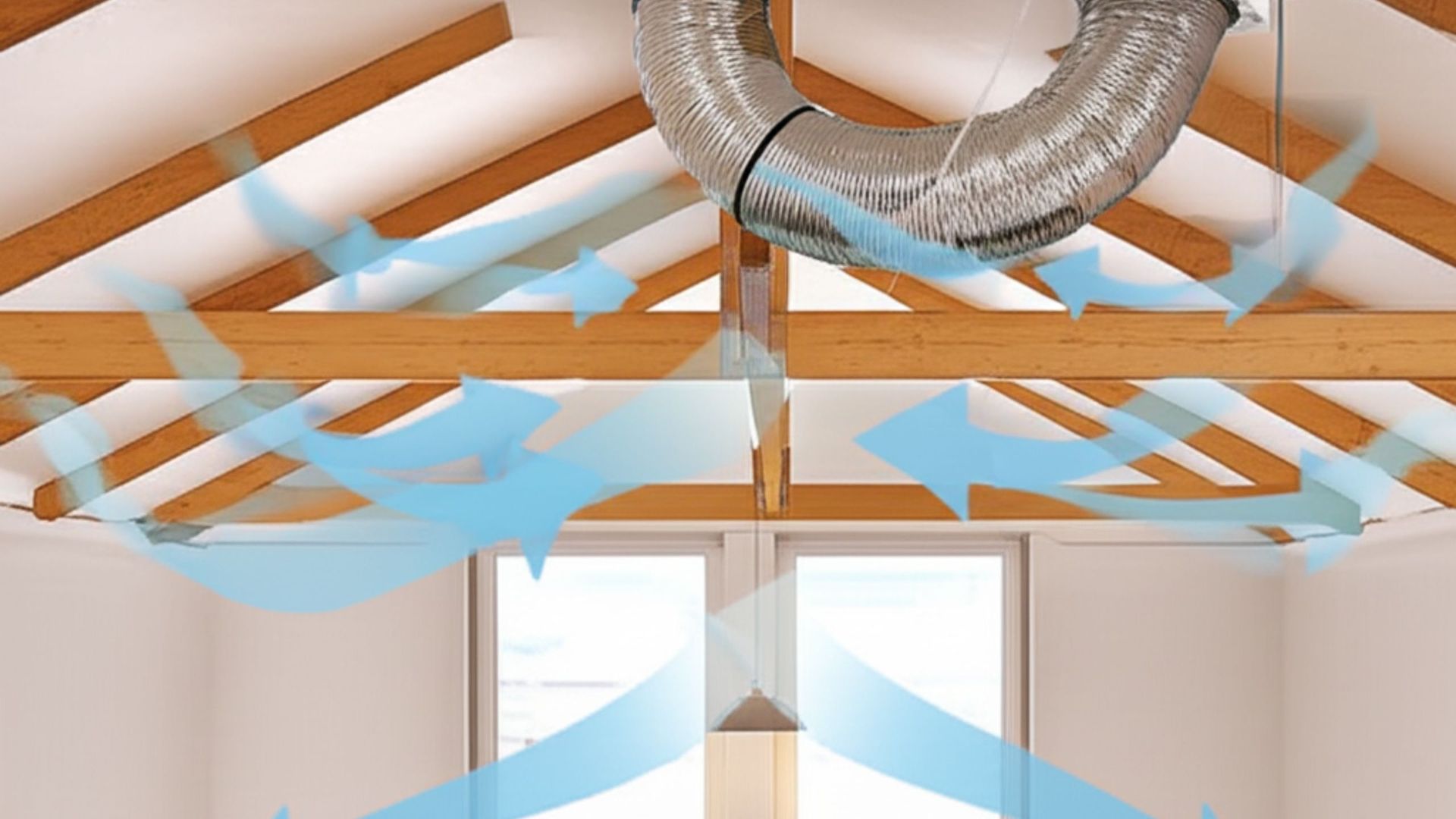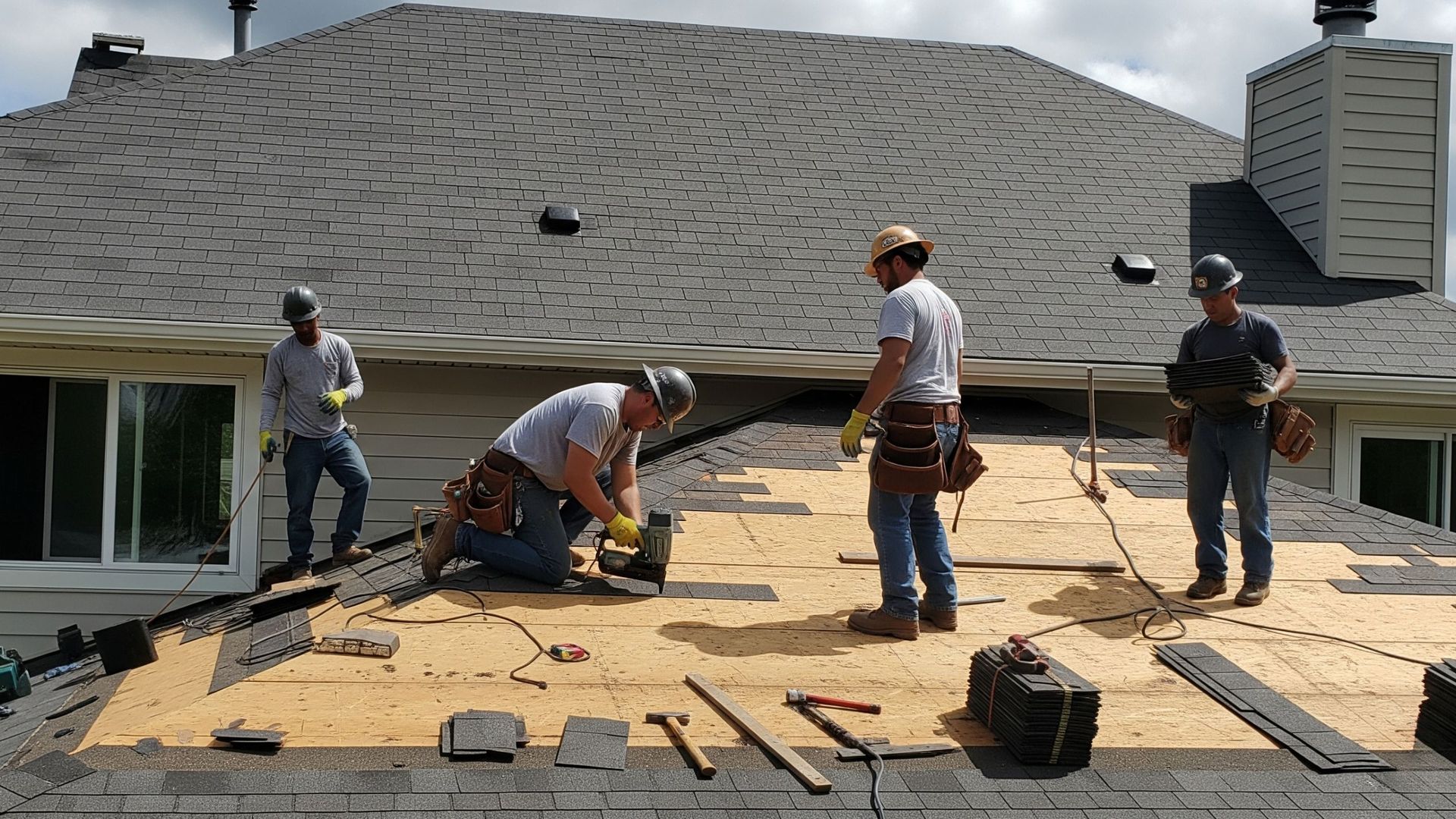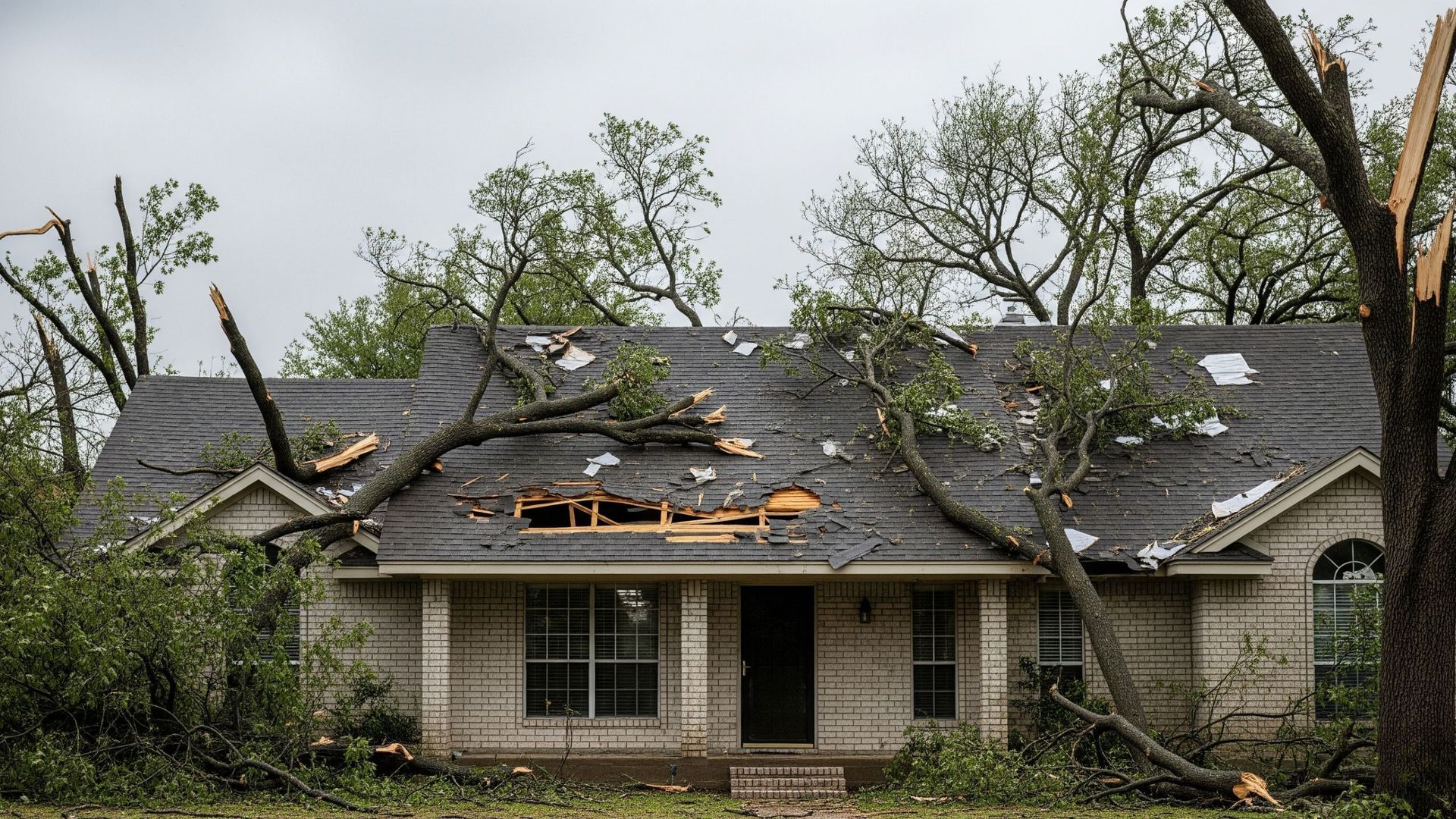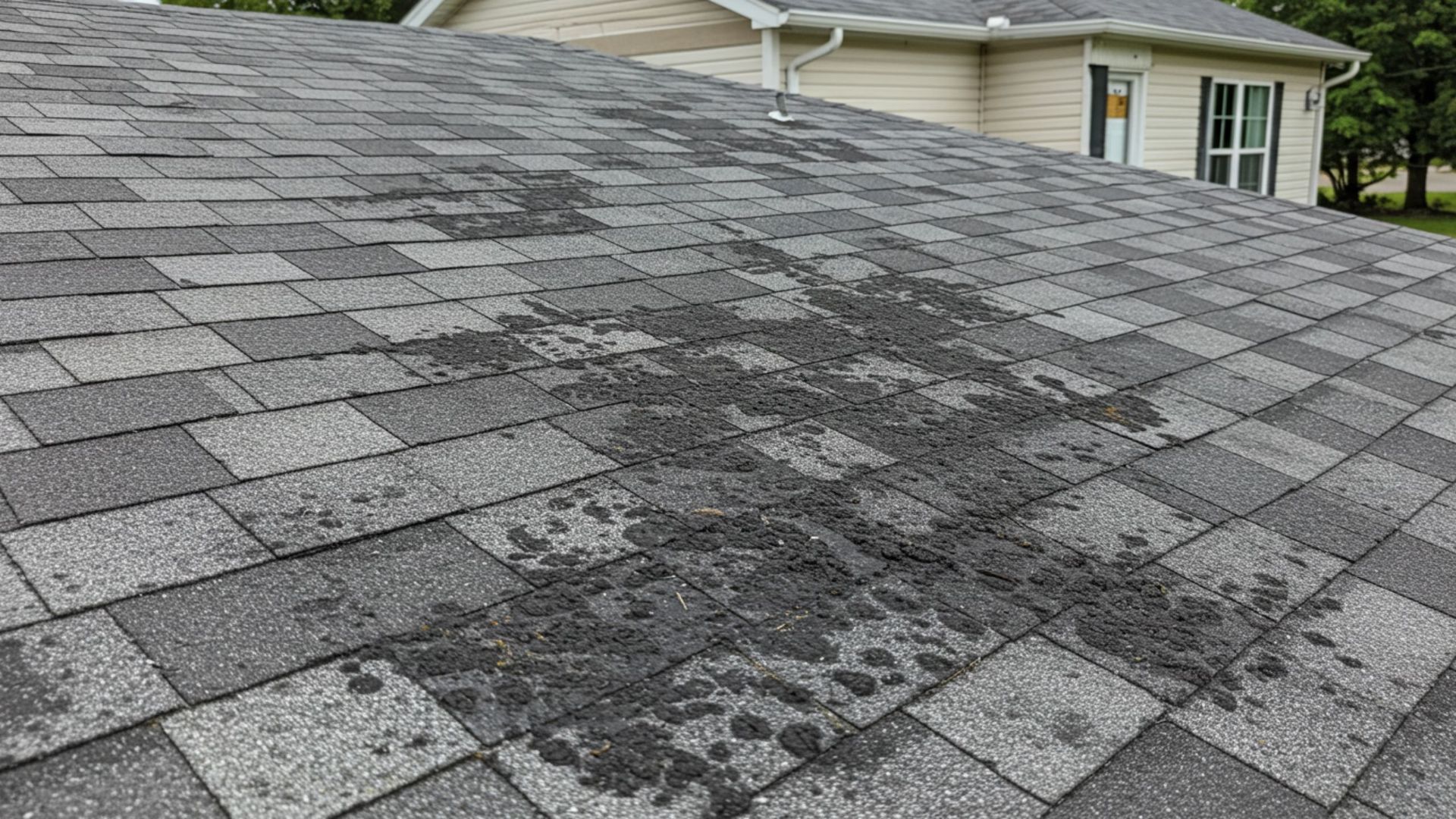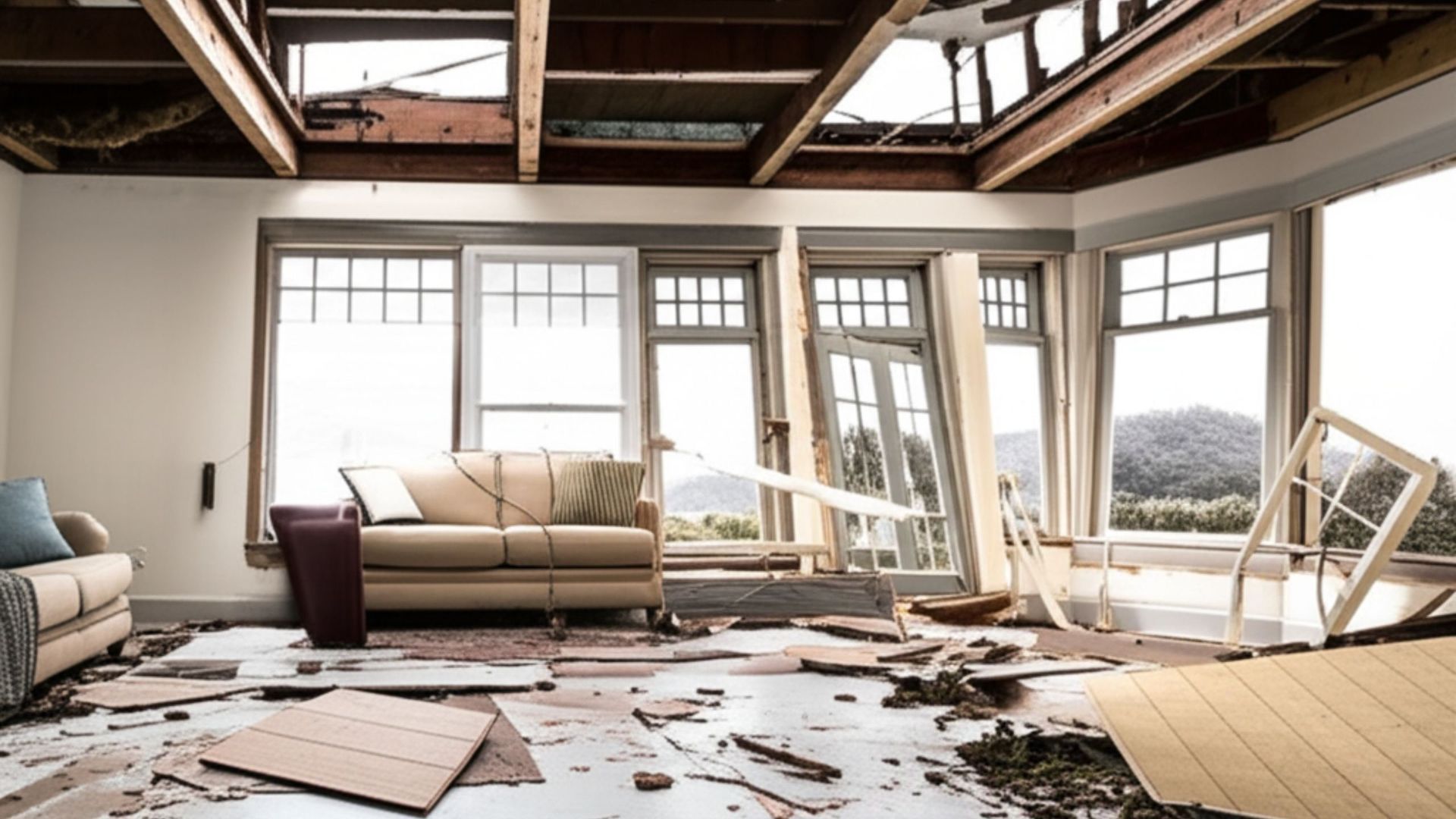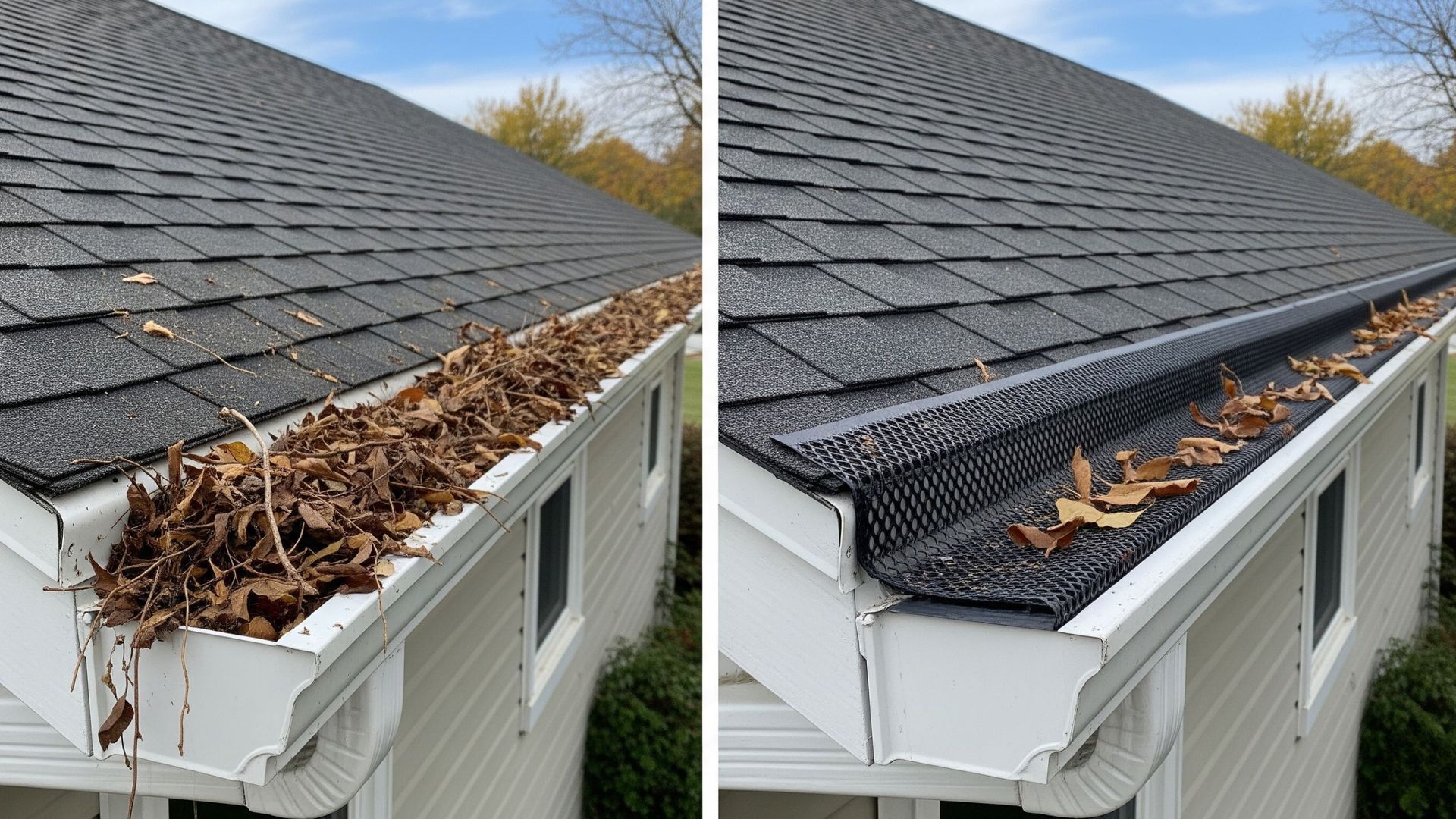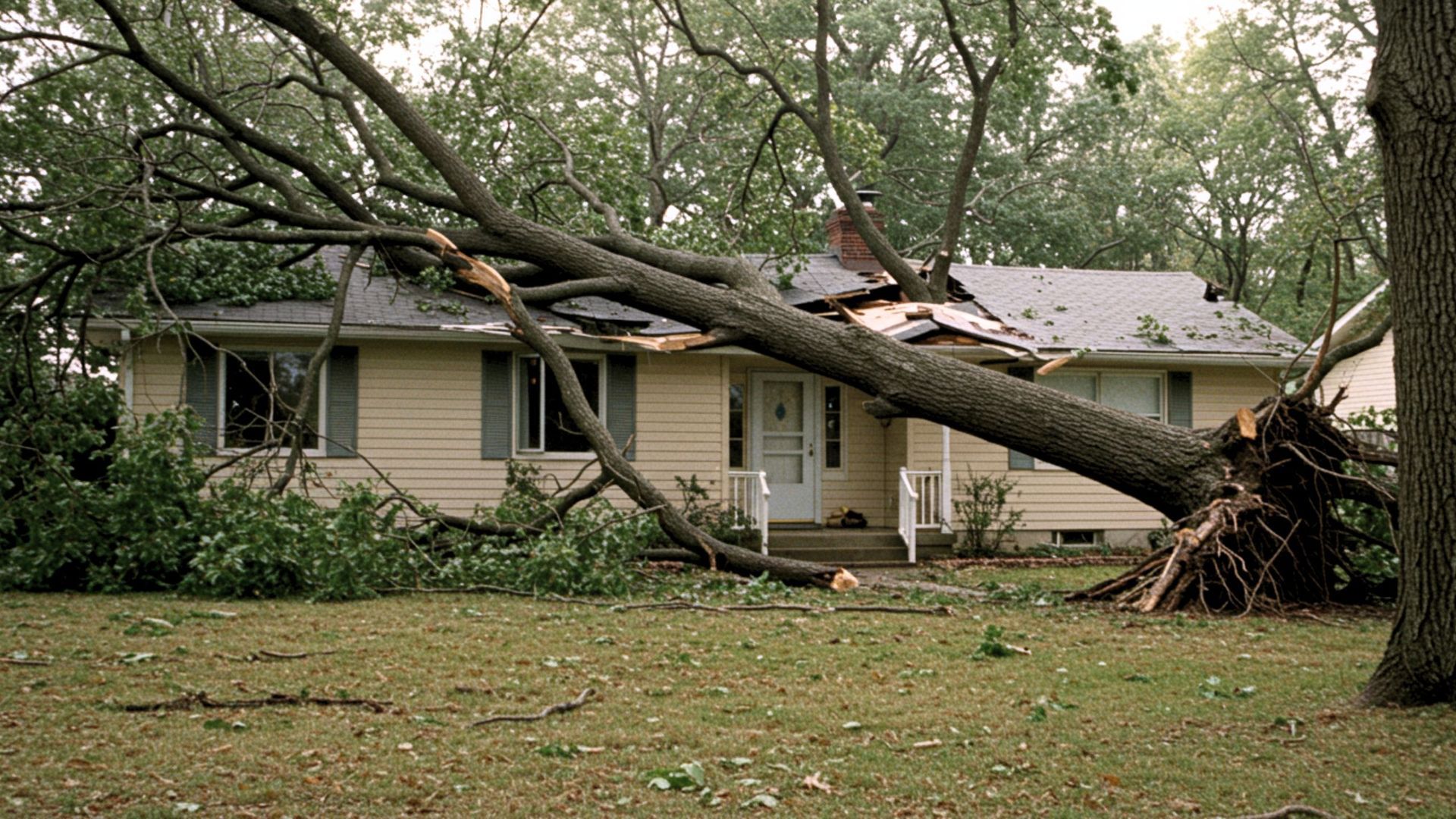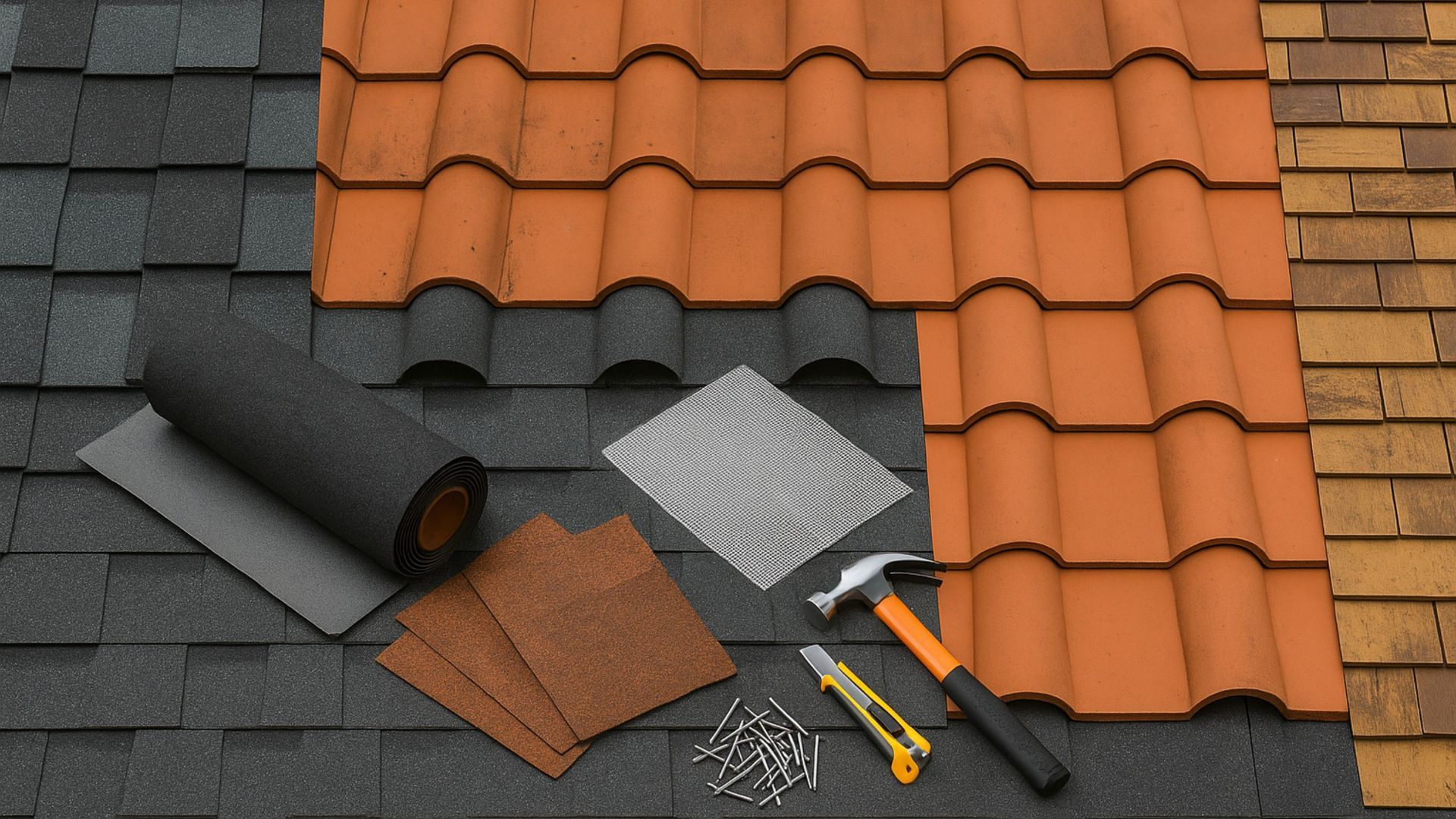3 Common Causes of Discolored Shingles
Have you ever noticed dark streaks, blotchy patches, or uneven colors on your roof?
If so, you’re not alone. Shingle discoloration is a frequent issue for homeowners, and while it isn’t always a sign of serious problems, it’s something you shouldn’t ignore.
Understanding the causes of discoloration can help you better care for your roof and identify early signs of wear, damage, or poor drainage.
Here are the three most common reasons shingles change color over time.
1. Algae Growth (Especially Black Streaks)
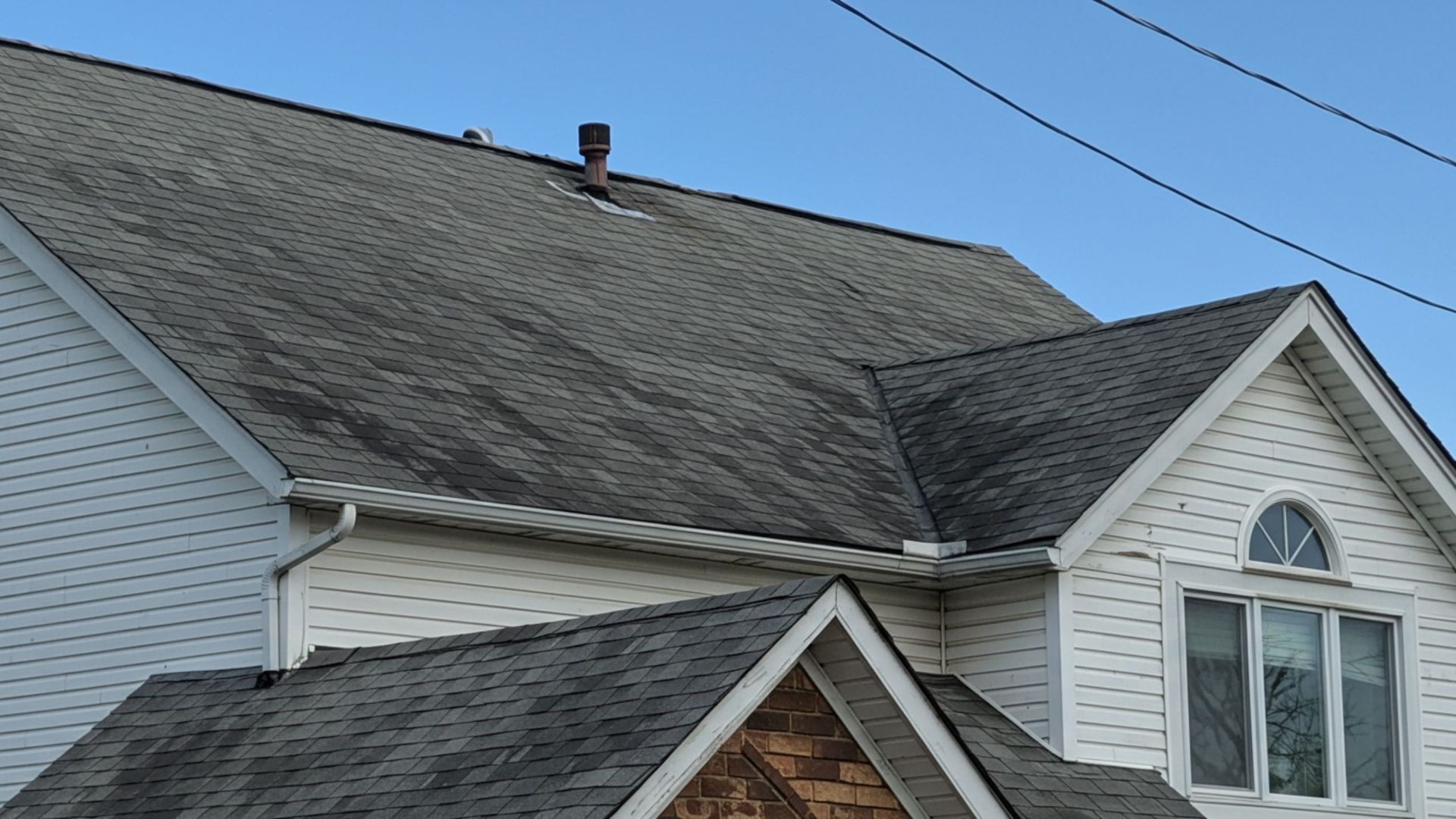
In humid climates like Texas, algae is the primary cause of shingle discoloration. The dark streaks you see on many roofs aren’t just dirt; they’re often the result of blue-green algae known as Gloeocapsa magma.
Why it happens:
- Algae spores land on roofs and spread in moisture-rich environments.
- Asphalt shingles contain limestone, which provides nutrients for algae.
- North-facing or shaded areas are more likely to develop streaks.
What to know:
While algae stains don’t typically cause immediate damage, they can shorten a roof’s lifespan over time and impact its ability to reflect sunlight, leading to increased energy costs. In severe cases, it may indicate that the roof isn’t draining properly.
2. Poor Ventilation or Heat Exposure
If you notice patches on your roof that look faded, streaked, or even warped, poor attic ventilation might be to blame.
Why it happens:
- Trapped heat in the attic cooks the underside of your shingles.
- This accelerates aging and can lead to uneven wear.
- Over time, this results in visible changes in color or texture.
What to know:
Ventilation issues not only cause discoloration but can also impact the entire roof system, making it more susceptible to leaks, rot, and mold. Heat-damaged shingles may also become brittle or start curling at the edges.
3. Debris or Drainage Problems
Another common reason for shingle discoloration is the accumulation of organic debris, such as leaves, pine needles, or dirt, especially in valleys or around chimneys.

Why it happens:
- Debris holds moisture against the roof surface.
- This leads to mold or moss growth in concentrated areas.
Over time, the trapped moisture can stain and weaken the shingles.
What to know:
Discoloration caused by debris is often patchy and may appear green, black, or brown. Along with aesthetic issues, this type of buildup can lead to premature wear, water intrusion, or clogged gutters in the surrounding area.
When to Take a Closer Look
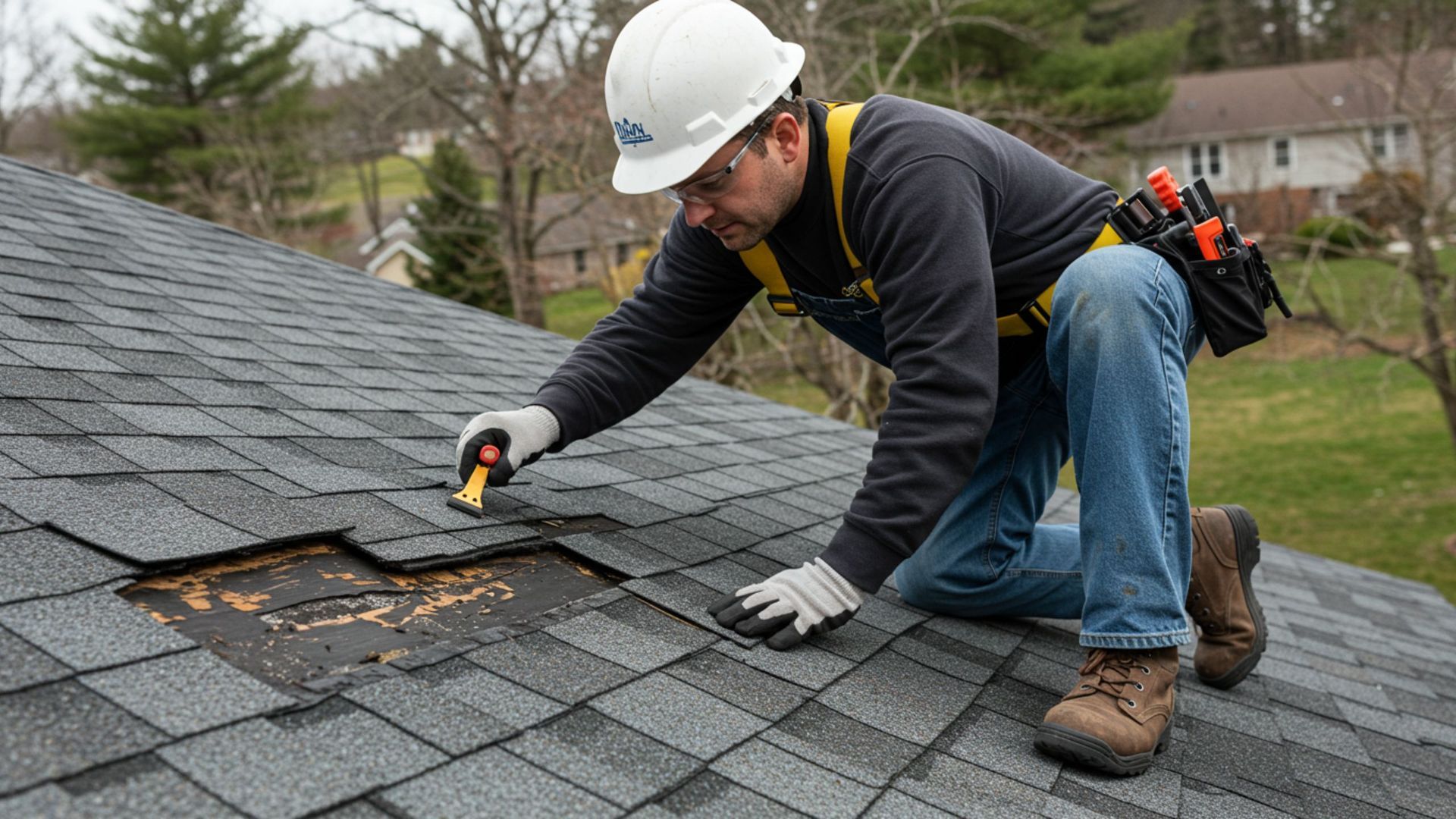
While not all discoloration means you need a new roof, it’s wise to monitor any sudden or worsening changes.
You may want to consider a professional inspection if:
- Stains are spreading quickly.
- You notice shingles curling, cracking, or peeling.
- Discoloration accompanies interior leaks or musty odors.
- You haven’t had a roof inspection in several years.
Roof discoloration can be cosmetic, but it may also indicate deeper issues that are worth addressing before they lead to more expensive repairs.
Preventing Tree Damage in the Future

While storms can’t be stopped, a few simple steps can reduce your risk in the future:
- Trim tree limbs that hang over your home
- Remove dead or leaning trees near your property
- Clean and maintain your gutters regularly
- Schedule routine roof inspections to catch early wear and tear
Preventative care can help your roof hold up better — and give you peace of mind when the next storm rolls in.
